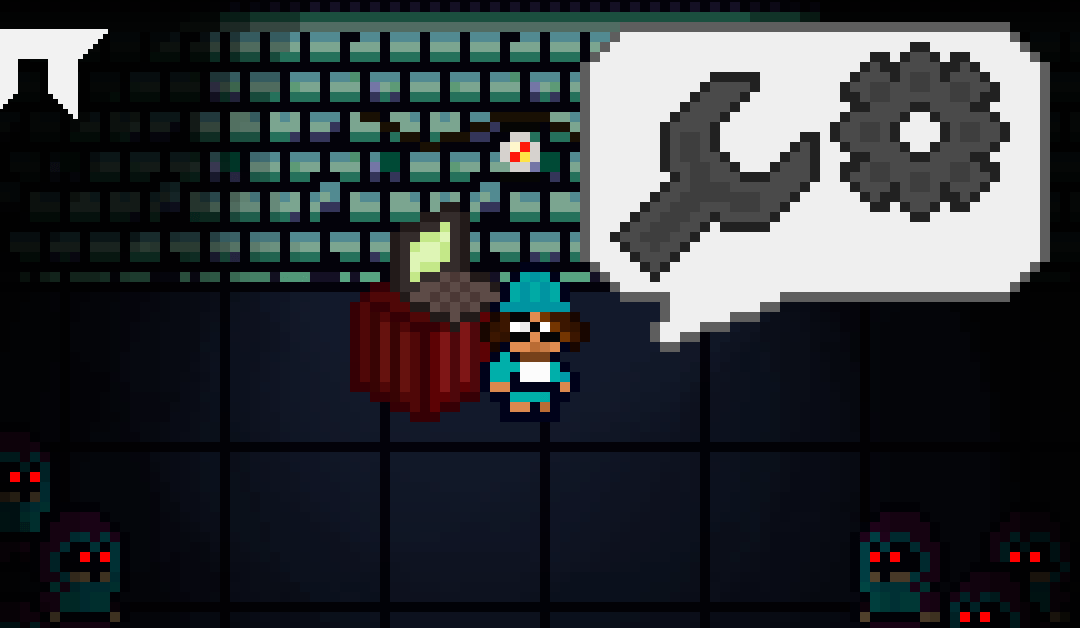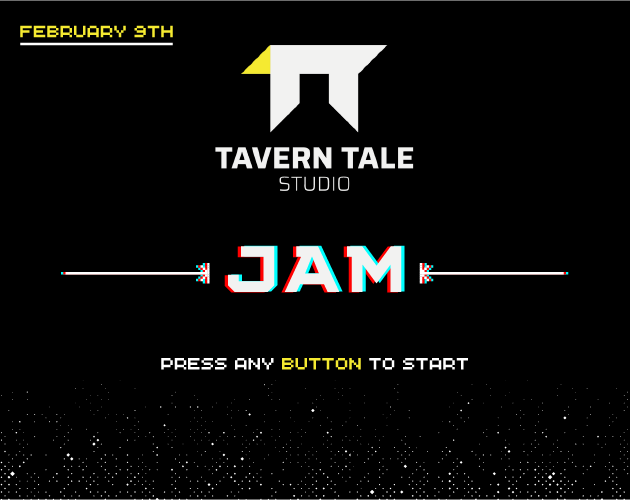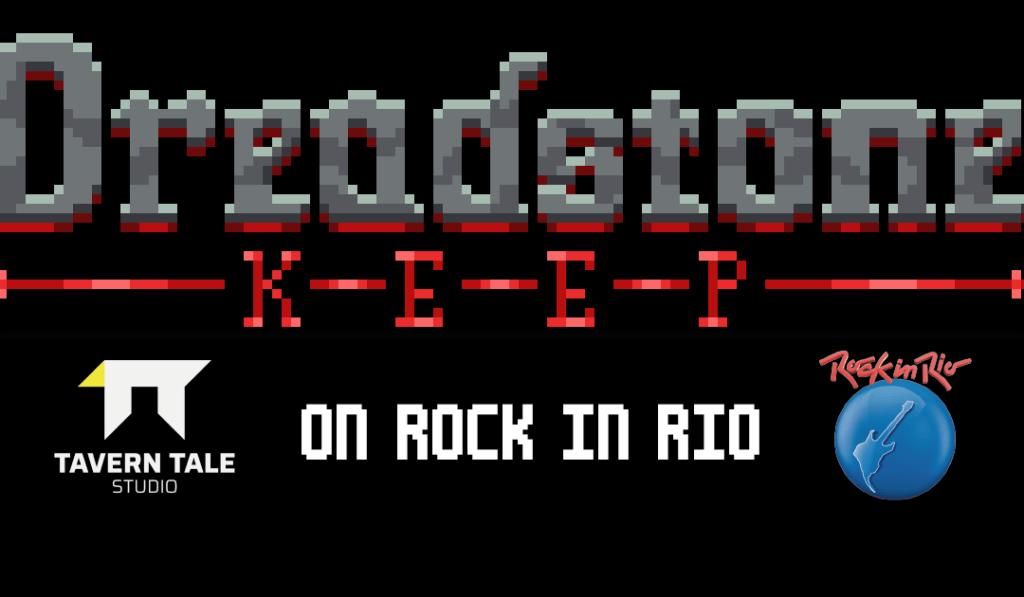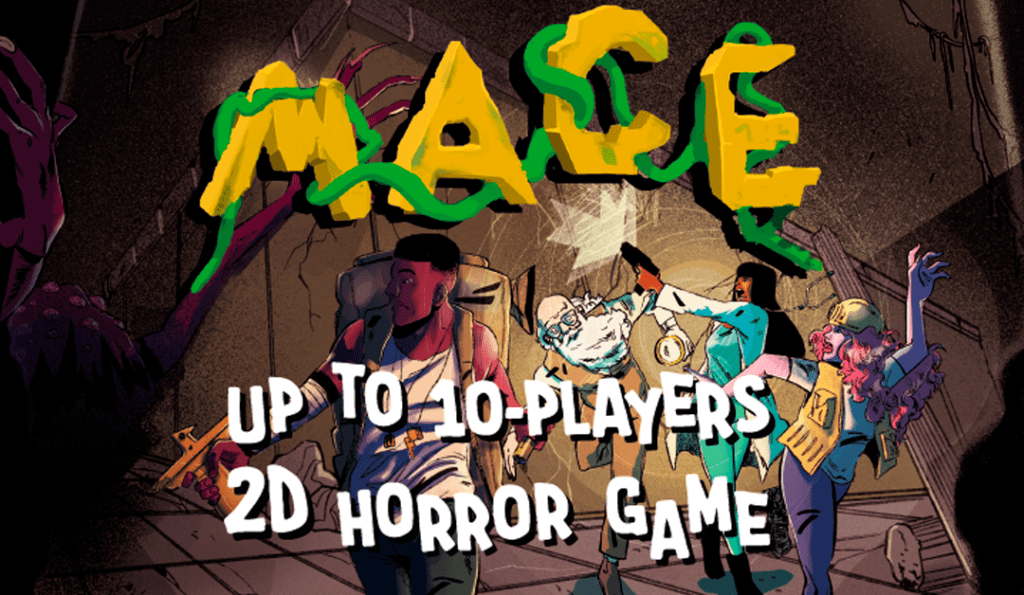Hey everyone, Eduardo here! As some of you may know, MACE: Mapinguari’s Temple was presented during Steam Next Fest at the end of February. It was an amazing and enriching experience to the whole team and we definitely learned a lot. Here, in our first of many Tavern devlog, we are going to talk about the whole thing from a developer perspective, aiming to help other developers in their endeavors.
What we learned about marketing:
First of all: the Steam Next Fest week (and the ones preceding it) were crazy. We did some posts on reddit, twitter and instagram trying to bring some awareness to the game, but it was here that we made our first mistake. Although we were doing the right thing by posting on social media, we didn’t post enough. From the end of January to the start of Next Fest, we did about one or two posts (counting all social media networks) each week. It seemed like a lot to us, since we spent some time curating content, preparing artwork and writing texts for each post, but more was needed. When doing marketing on zero budget, it’s a must that you post as much as you can about your game on social media. Our error lied in doing posts with a focus on content quality, and not quantity. Not that quality content isn’t needed, but when you are a few people dividing time between development and marketing, it becomes clear that there must be a careful balance. That being said, we believe that not enough awareness was built during this step. Later in the process, we found Chris Zukowski website “How To Market A Game”, where he explains the way awareness is integrated in a “marketing funnel”.
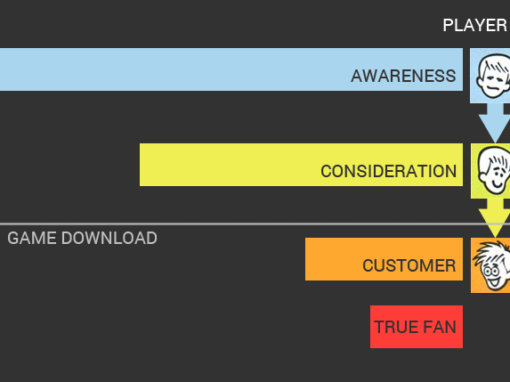
Quoting two important concepts laid out by Chris, we have:
- Tactics and strategies: although worthless by itself, a tactic is something you need to chain many together aiming to create a strategy. It’s important that such strategy has cohesion and focuses around the strengths of your game (an example would be that it’s hard to get press to write about your game if it is your first title, so focus on building a strong steam page presence could be a better idea).
- Triggers: consists of essentially a call to action where, written in an active voice, tells your potential players to do something. Posting a tweet with a “wishlist my game” text is an example of a trigger. It is also important that the trigger is quick and on the point.
At a first moment, awareness is what you, as a game dev, must seek. Although we were aware of the concept of awareness during the weeks that preceded the Next Fest, we were certainly doing the wrong triggers. We would always tell people to wishlist MACE: Mapinguari’s Temple, but never tell them to follow us on social media. Without doing so, we were skipping steps of the funnel, and that is also where we made our second marketing mistake.
The Livestream conundrum
On the note of awareness and hard earned lessons, Steam Next Fest bolstered another interesting opportunity for those attending, the chance to book a 1 hour livestream that would be featured in the main page of the event. We were ecstatic with this possibility, and not only did we book a livestream, but also made some pretty bold plans for the date. We invited especial local youtube guests, and began searching for a fitting location to host our event!
Tavern Tale Studio has very clear inspirations drawn from medieval times, tabletop games and RPGs. Lucky enough we knew the owner of a local, medieval-inspired tabletop bar, Carcassone. The place is an underground pub, with wooden floor, table and ceiling whose premise was to look exactly like a renaissance tavern, they had props and the ambience we needed, it had internet, it was available for the duration of our booked live streams, It was perfect, no further questions asked.
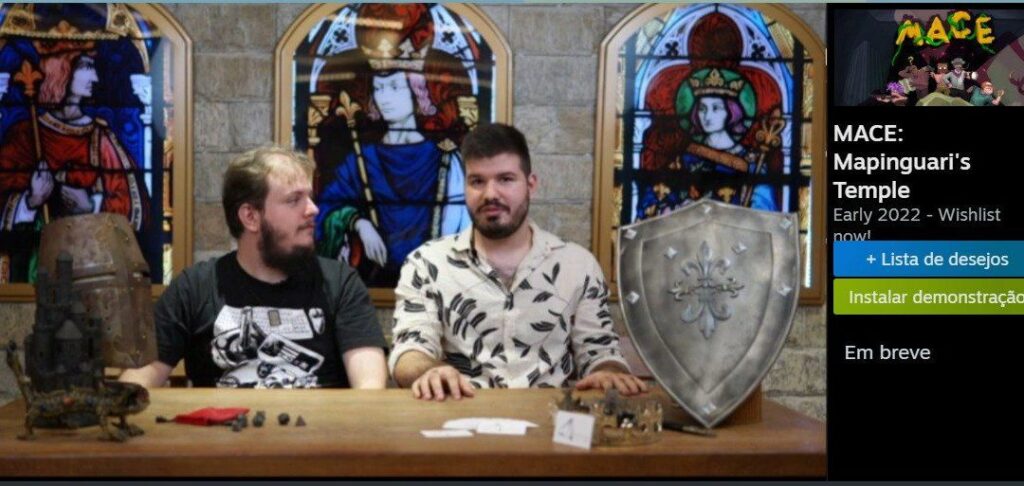
On the day of our livestream, things were running smoothly, preparations for going live were all done rather quickly even though we had issues with the setup initially. Once everything was alright and ready to go live, we were a few minutes late overall, but also sure nothing could go wrong any further, so we went live. To our dismay, it was raining season, and a subtle drizzle with strong wind had started and gone unnoticed outside, disrupting ever so slightly the Pubs internet. It was enough to derail the whole stream, as it was not strong enough to maintain a steady live stream. We had no plan B, all our equipment, manpower and energy were put on this single attempt at livestreaming.
As such, after trying to regain the connection for an hour, we stopped, picked up our gear, and went home, completely defeated.
We still managed to deliver a second booked stream, but did so from our homes, as to avoid losing the second spotlight moment, but the views paled in comparison even to the last failed stream.
When something like this happens, we usually sit down as a team and try to assess what we did right and what we could have done differently. This time, we could blame it on the rain, on bad luck, and say that the idea itself was fine. While all those statements are true to some extent, when we decided to look deeper into the matter, we saw something fundamentally wrong with our approach. Almost every other company with a big name (and some budget marketing to their project, obviously) had pre-recorded, high-quality videos to play first during their spotlights, with a small contained segment dedicated to a live gameplay of their featured games. Something that is almost technical issues-proof as their essential information and game pitch to the audience was pre-recorded, and then, the customizable and fluid part of the livestream served as a bonus at the middle/end of the show.
Next year, we are SURE to do the latter and show our next game to you guys (properly, this time).
What we learned about demos:
The development of MACE: Mapinguari’s Temple demo was something that we were very unsure if we should do or not, that was until the participation on Next Fest. For sure, a demo of a linear, story based game is something harder to do (and, in some cases, it may even harm the game sales), but our game wasn’t linear, didn’t have a storyline and also was a multiplayer game with randomly generated content. We guessed that it was more than enough to justify a demo. We decided to do the following strategy with the demo:
- We lowered the number of possible players in a match from 10 to 5.
- We locked the level generation to 3 seeds only.
- The demo would also have only 1 character option enabled.
- Left some of the game content (such as possible rooms and traps) out of the demo.
That way, a player would certainly not experience the whole game in the demo, but would be able to get a small taste of what the game could offer in its full release.
In terms of feedback, we managed to get some from players during the Next Fest, but not many. The small amount of feedback received probably has a lot to do with our marketing mistakes, but still, we managed to notice many bugs due to it. Not only that, we also got many ideas and feedback for the game design, which was awesome and we indeed incorporated much of it in MACE: Mapinguari’s Temple.
Conclusion:
Steam Next Fest was an awesome opportunity and we for sure enjoyed its potential. However, if we had done marketing differently, we would probably have an even greater result. But still, it was incredible to receive demo feedback which allowed us to have many insights on the game and also fix many bugs that had gone unnoticed before. If you have the chance to participate in such an event, our recommendation would surely be to go for it!
Also, a big thanks to Chris Zukowski and his content. You can check his website here:
Participate in a growing community where you can learn more about Tavern Tale, our games and game dev in general.
